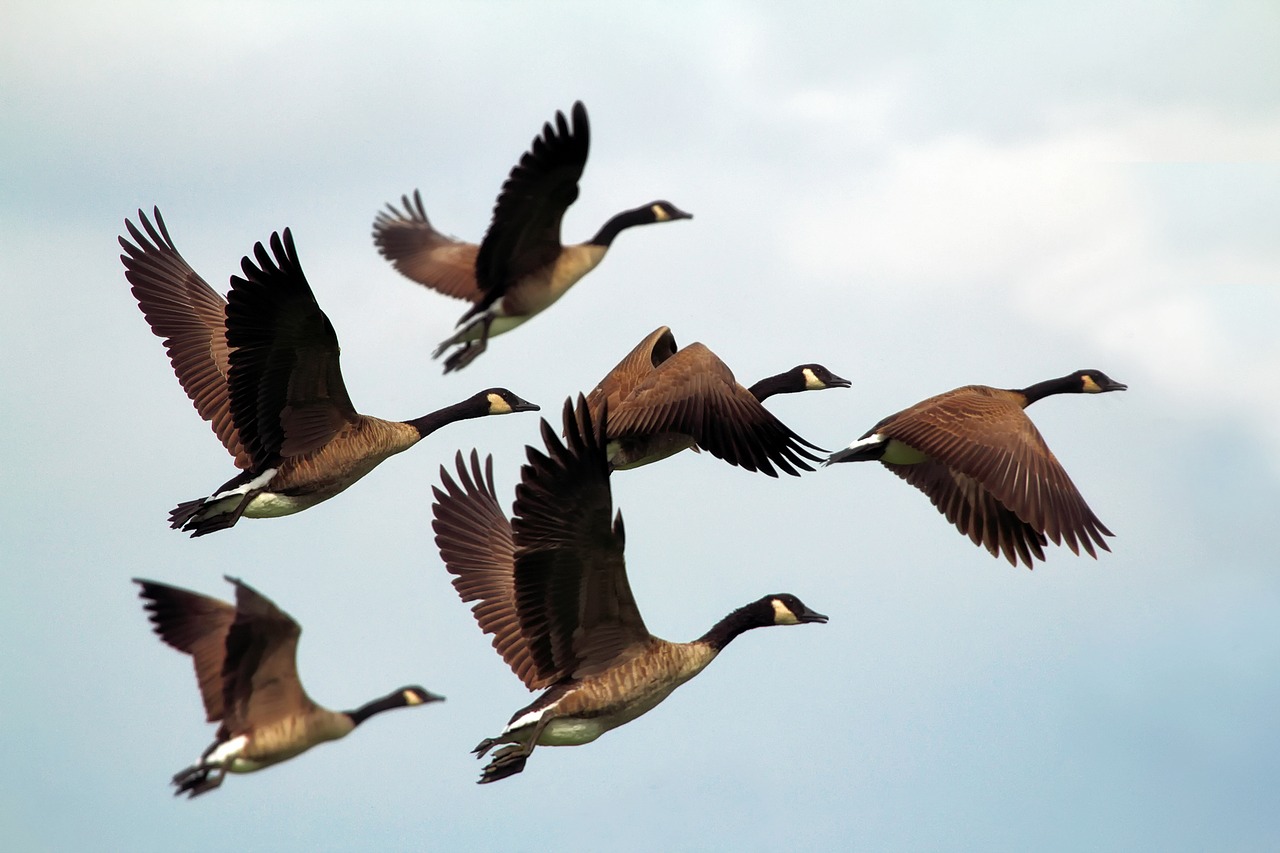Förändringar i antal och utbredning hos rastande och övervintrande gåsbestånd i Sverige 1977/78—1998/99
DOI:
https://doi.org/10.34080/os.v10.22886Nyckelord:
rastplatser, vinterekologi, populationsstudier, inventering, AnatidaeAbstract
Regular goose counts have been undertaken in Sweden since 1977/78 as a part of the International Goose Counts organised by Wetlands International. The main counts are undertaken in October and November, covering all sites of importance for Bean Goose Anser fabalis and in January when all sites are covered. September counts of Greylag Goose Anser anser will be published separately. In October, the major part of the World population of the Taiga Bean Goose Anser fabalis fabalis is found in Sweden. The population increased from about 20,000 in 1960 to 80,000 in 1989, after that it has decreased to about 50,000. During the study period Bean Goose numbers decreased markedly in the southernmost part of Sweden, whereas numbers increased at sites further north in southern Sweden. The species also established new important staging areas. This change in distribution was probably related to differences in hunting pressure between different regions and to changes in agriculture. Staging populations of White-fronted Goose Anser albifrons also increased during the period reflecting changes in the much bigger population south of the Baltic. Marked increase in numbers and a spread to new sites were also noted among staging Greylag Geese, Canada Geese Branta canadensis and Barnacle Geese Branta leucopsis reflecting increased breeding populations in south Sweden.
Nedladdningar

Downloads
Publicerad
Referera så här
Nummer
Sektion
Licens
Författaren/författarna innehar copyright för varje enskilt bidrag, men samtliga bidrag är publicerade under en Creative Commons-licens, så att vem som helst kan dela och återanvända bidraget förutsatt att copyright-innehavaren erkänns.







